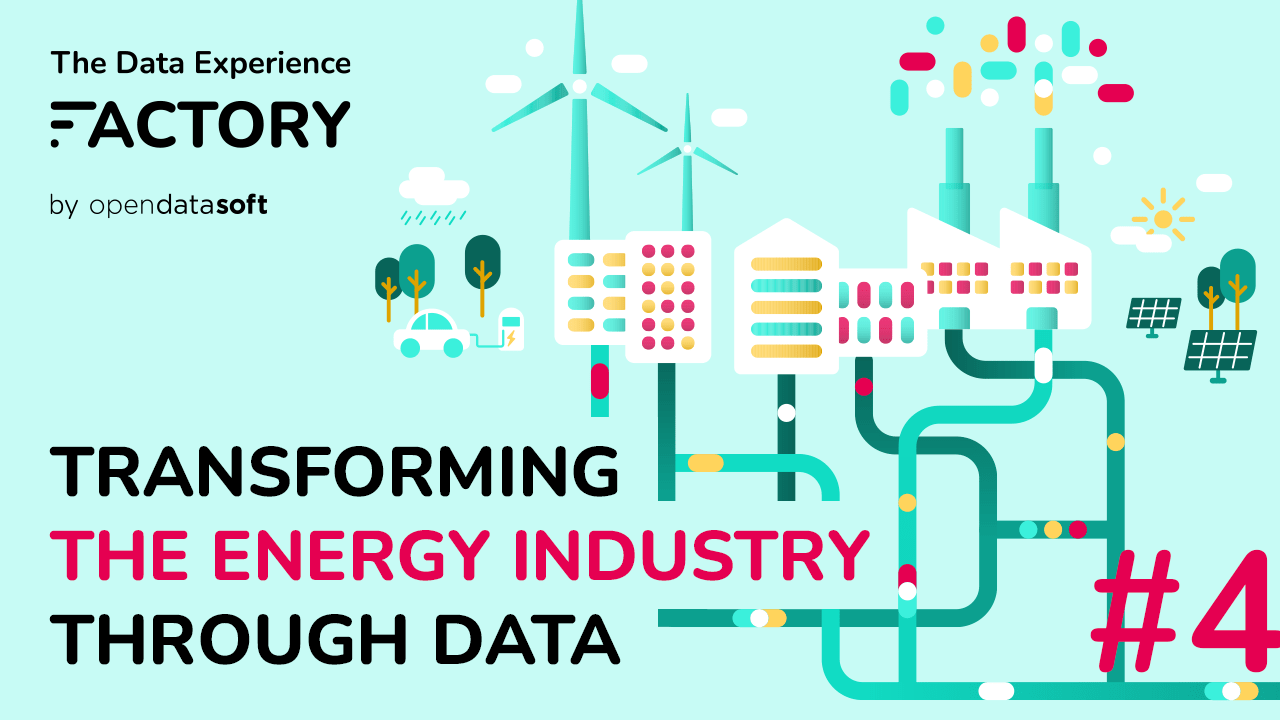Introduction
In today’s fast-paced and technologically driven world, industries across the globe are embracing data analytics to enhance efficiency, cut costs, and improve customer satisfaction. The utilities sector is no different. With growing energy demands, aging infrastructure, and increasing pressure to adopt sustainable practices, utility companies are looking for ways to stay ahead of the curve. This is where utilities business intelligence comes into play.
Utilities business intelligence (BI) refers to the use of data analytics, software tools, and methodologies to collect, analyze, and visualize operational data for utility companies. It helps these organizations make data-driven decisions, optimize energy distribution, monitor usage trends, and enhance overall performance. Whether you’re a utility company executive or a consumer interested in how energy providers are evolving, understanding the role of business intelligence in utilities is crucial.
This blog will dive deep into the world of utilities business intelligence, exploring its applications, benefits, challenges, and future trends, while also shedding light on how it is transforming the energy sector.
1. What Is Utilities Business Intelligence?
Utilities business intelligence is a specialized form of data analytics that focuses on collecting, processing, and analyzing large amounts of data from various sources such as smart meters, power grids, customer feedback, and environmental sensors. The goal is to provide actionable insights that allow utility companies to optimize operations, improve service quality, and make informed business decisions.
Business intelligence in the utilities sector involves advanced tools and software platforms that can:
- Monitor and predict energy consumption patterns
- Track the performance of infrastructure, including power grids and pipelines
- Analyze customer behavior and preferences
- Ensure regulatory compliance
- Enhance sustainability initiatives
By leveraging these capabilities, utility companies can reduce operational costs, prevent outages, and improve the overall customer experience.
2. Key Components of Utilities Business Intelligence
Implementing utilities business intelligence successfully requires several key components that work together to transform raw data into actionable insights. Here are some of the core elements:
a. Data Collection and Integration
Utility companies collect vast amounts of data from smart grids, smart meters, weather sensors, and even customer service interactions. Business intelligence platforms aggregate this data and integrate it into a centralized system for analysis. Ensuring the seamless integration of various data sources is critical for a holistic view of operations.
b. Data Analytics and Processing
The heart of any BI system is the ability to process and analyze data. Utility companies use advanced analytics tools to sift through massive datasets, identify patterns, and make predictions. Machine learning and artificial intelligence are becoming integral components in making the analytics process more accurate and insightful.
c. Dashboards and Reporting
One of the main benefits of utilities business intelligence is the ability to visualize data. BI tools provide customizable dashboards and reports that offer real-time insights into key performance indicators (KPIs). This enables decision-makers to respond to issues quickly and make data-driven choices.
d. Predictive and Prescriptive Analytics
Beyond just historical analysis, utilities BI systems also offer predictive analytics to forecast future energy consumption and infrastructure needs. Prescriptive analytics goes a step further, offering recommendations on the best course of action based on data trends.
e. User Accessibility
BI tools need to be user-friendly, providing accessible insights to non-technical stakeholders. Customizable dashboards, automated alerts, and simple reporting features ensure that even those without a background in data analytics can make informed decisions.
3. Benefits of Implementing Utilities Business Intelligence
The adoption of utilities business intelligence comes with a wide range of benefits for utility companies and their customers. Here are some of the most impactful advantages:
a. Improved Operational Efficiency
Utility companies can use BI to monitor energy consumption patterns in real-time and optimize the distribution of resources. For example, if a sudden spike in energy demand is detected, BI tools can reroute power efficiently to prevent outages.
b. Cost Reduction
By analyzing data on infrastructure performance, utility companies can predict when equipment is likely to fail and schedule preventive maintenance, avoiding costly emergency repairs. Additionally, BI helps reduce energy waste by identifying inefficiencies in the power grid.
c. Enhanced Customer Satisfaction
With BI, utility companies can track customer usage patterns and preferences, enabling personalized service offerings. For example, a utility provider might offer energy-saving tips based on a customer’s unique consumption habits, leading to a better customer experience.
d. Regulatory Compliance and Risk Management
Utilities are heavily regulated, and compliance with these regulations is crucial. BI systems help utilities ensure compliance by tracking energy usage, emissions levels, and other relevant data. They can also forecast potential risks, such as infrastructure failures or regulatory changes, allowing the company to take proactive measures.
e. Sustainability and Environmental Impact
As the world shifts toward renewable energy, BI can help utility companies manage their sustainability initiatives. BI tools can analyze data on energy production and consumption to optimize the integration of renewable energy sources like wind and solar power into the grid.
4. Challenges in Adopting Utilities Business Intelligence
While the benefits of utilities business intelligence are vast, there are also several challenges that utility companies face when adopting these systems:
a. Data Silos
One of the biggest obstacles to successful BI implementation is data silos—when data is stored in isolated systems that are not easily accessible to the rest of the organization. Breaking down these silos requires time, effort, and investment in integrated BI platforms.
b. Data Security and Privacy
Utility companies handle sensitive customer data and operational information, making them a target for cyber-attacks. Ensuring robust data security measures are in place is critical to protecting against breaches and maintaining customer trust.
c. High Initial Costs
The adoption of BI systems requires significant upfront investment in both software and infrastructure. Small and mid-sized utility companies may struggle to afford these systems, even though they stand to benefit greatly in the long run.
d. Resistance to Change
Implementing new technology often faces internal resistance from employees accustomed to traditional processes. Training and change management programs are essential to overcoming this challenge and ensuring the successful adoption of BI.
5. Real-World Applications of Utilities Business Intelligence
Many utility companies around the world have already begun harnessing the power of utilities business intelligence to optimize their operations. Here are some real-world applications:
a. Smart Grids
BI tools are used in smart grids to monitor and manage energy flows in real-time. These grids can automatically adjust energy distribution based on consumption patterns, reducing the risk of outages and optimizing resource allocation.
b. Predictive Maintenance
Utility companies use BI systems to analyze data on infrastructure performance and predict when equipment, such as transformers or power lines, is likely to fail. This allows them to schedule maintenance before a breakdown occurs, saving money and reducing downtime.
c. Customer Service Optimization
With the help of BI, utility companies can analyze customer feedback, service requests, and usage data to provide personalized services. This can include offering tailored energy-saving advice or adjusting pricing plans based on a customer’s consumption habits.
d. Renewable Energy Integration
As utility companies move toward renewable energy, BI helps them manage the integration of these sources into the power grid. By analyzing data on energy production from solar panels or wind farms, companies can better predict supply and demand, ensuring a smooth transition to greener energy.
6. Future Trends in Utilities Business Intelligence
The future of utilities business intelligence is bright, with several exciting trends set to shape the industry in the coming years:
a. Artificial Intelligence and Machine Learning
AI and machine learning are already making their mark in the utilities sector, and their role is only expected to grow. These technologies can analyze vast amounts of data more accurately and quickly than traditional methods, providing even more insightful recommendations.
b. IoT and Edge Computing
The Internet of Things (IoT) is revolutionizing the way utility companies collect and analyze data. IoT sensors embedded in power grids, pipelines, and even customer homes will provide real-time data that can be processed using BI tools. Edge computing will further enhance this by processing data closer to the source, reducing latency and improving efficiency.
c. Decentralized Energy Systems
As decentralized energy systems such as microgrids and home solar panels become more popular, BI will play a key role in managing these complex, distributed networks. Utility companies will need to adapt their BI systems to monitor and control energy flows from multiple sources.
d. Enhanced Customer Engagement
In the future, customers will have even greater access to their energy consumption data through BI-driven platforms. This will empower them to make informed decisions about their energy usage, reducing waste and lowering costs.
Conclusion
The future of the utilities industry lies in data-driven insights provided by utilities business intelligence. With the ability to optimize energy distribution, improve customer satisfaction, reduce costs, and ensure regulatory compliance, BI is transforming the way utility companies operate. From predictive maintenance to renewable energy integration, the applications of business intelligence are vast and impactful.
However, the road to fully adopting utilities business intelligence is not without challenges. Companies must overcome issues such as data silos, high costs, and security concerns to reap the full benefits of these advanced analytics tools. Despite these obstacles, the potential rewards far outweigh the risks.
As technology continues to evolve, so too will the capabilities of utilities business intelligence. The utilities sector is on the brink of a revolution, with BI leading the charge toward a smarter, more efficient, and sustainable future.
By understanding and embracing the power of utilities business intelligence, utility companies can position themselves to meet the challenges of tomorrow and deliver more reliable, cost-effective, and environmentally friendly services to their customers.
FAQs on Utilities Business Intelligence
1. What is utilities business intelligence?
Utilities business intelligence refers to the use of data analytics and tools that help utility companies collect, analyze, and visualize data from various sources. This enables companies to optimize energy distribution, predict demand, monitor infrastructure, and enhance customer service.
2. How does business intelligence benefit utility companies?
By leveraging business intelligence, utility companies can improve operational efficiency, reduce costs through predictive maintenance, enhance customer satisfaction, ensure regulatory compliance, and manage sustainability efforts by analyzing data on energy consumption and infrastructure performance.
3. What types of data are used in utilities business intelligence?
Data collected from smart meters, power grids, environmental sensors, customer feedback, and infrastructure monitoring systems are typically used in utilities business intelligence. This data is processed and analyzed to generate insights for decision-making.
4. How can utilities business intelligence help with sustainability?
BI tools can analyze energy production and consumption data, helping utility companies integrate renewable energy sources such as wind and solar into the grid more efficiently. It also assists in optimizing energy usage to reduce waste and environmental impact.
5. What are the challenges of implementing utilities business intelligence?
Challenges include dealing with data silos, ensuring data security and privacy, the high initial costs of implementing BI systems, and resistance to change from employees who may be unfamiliar with new technology.





